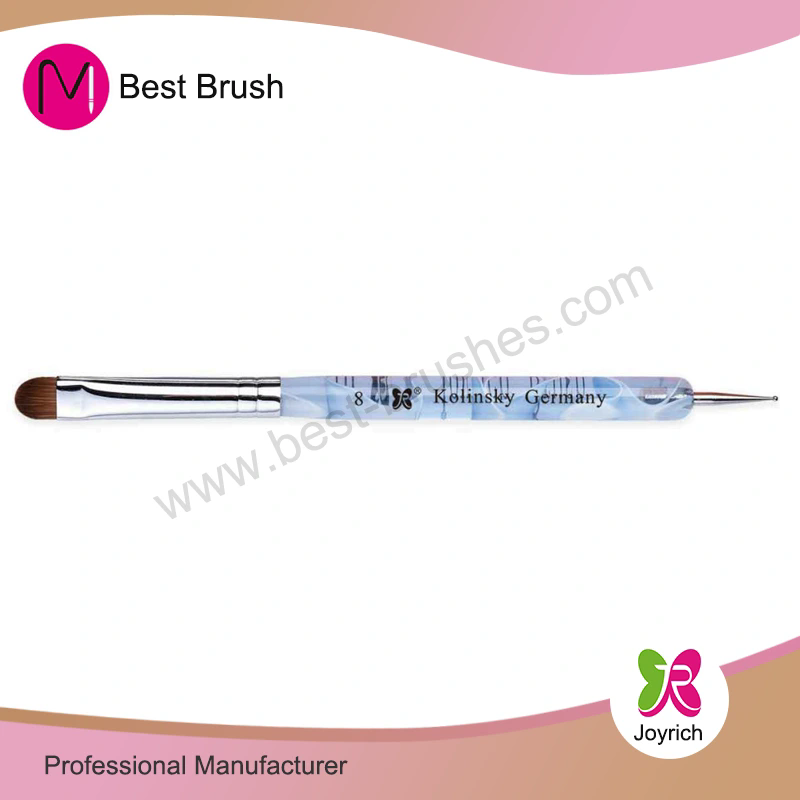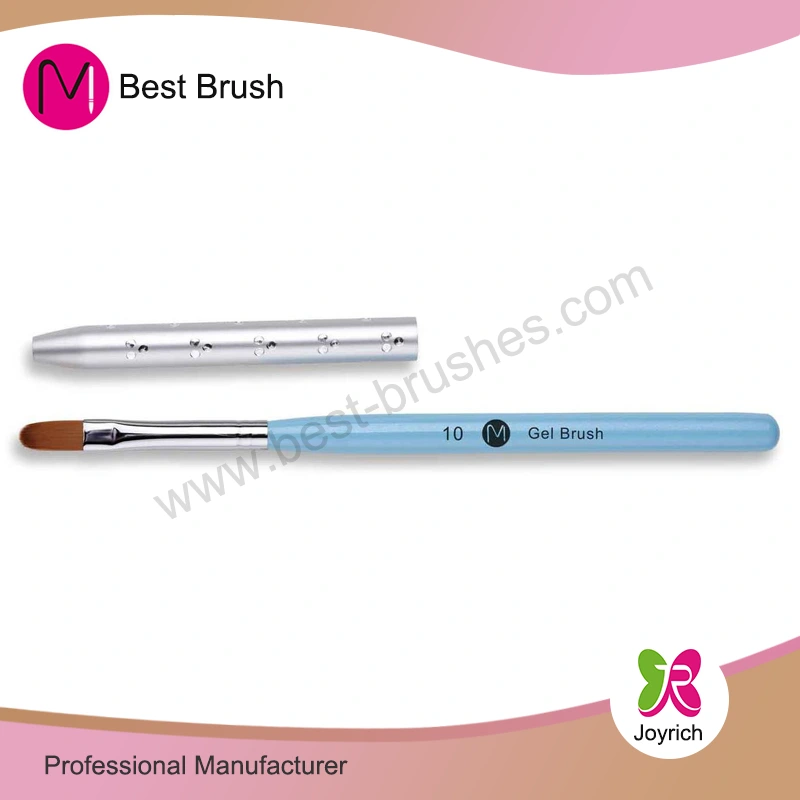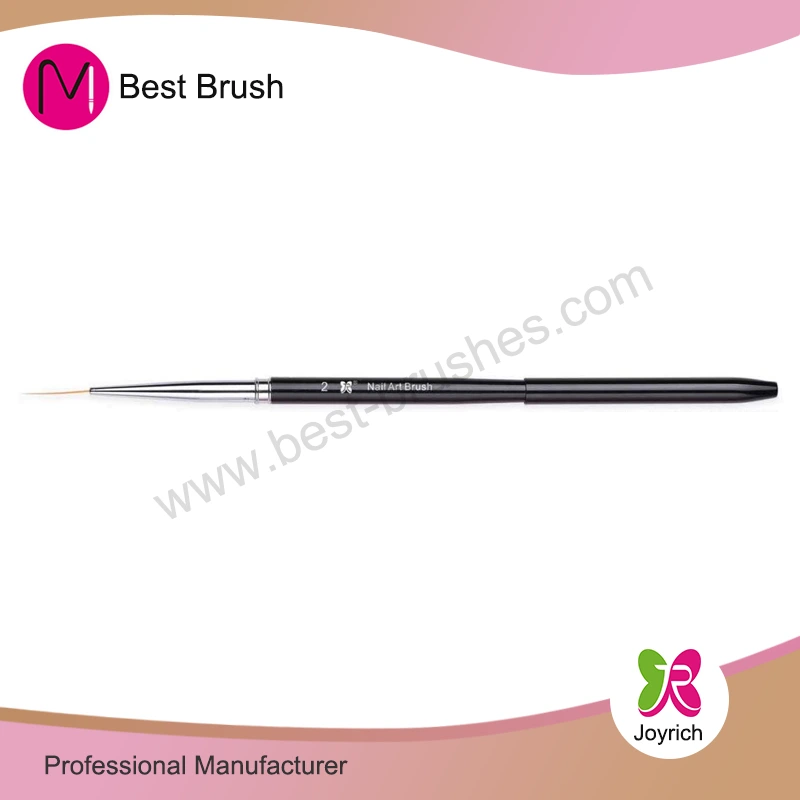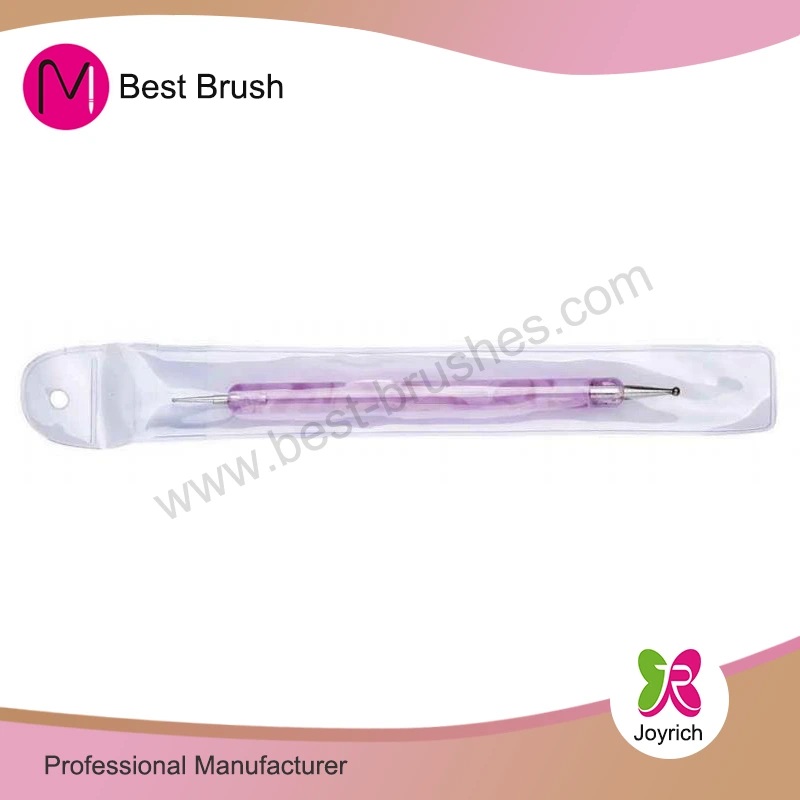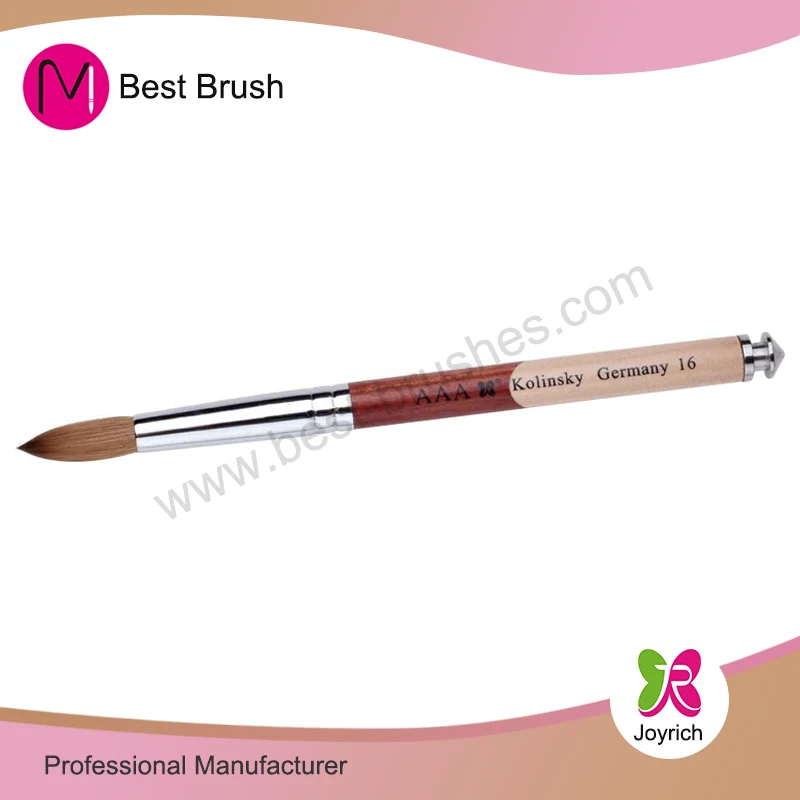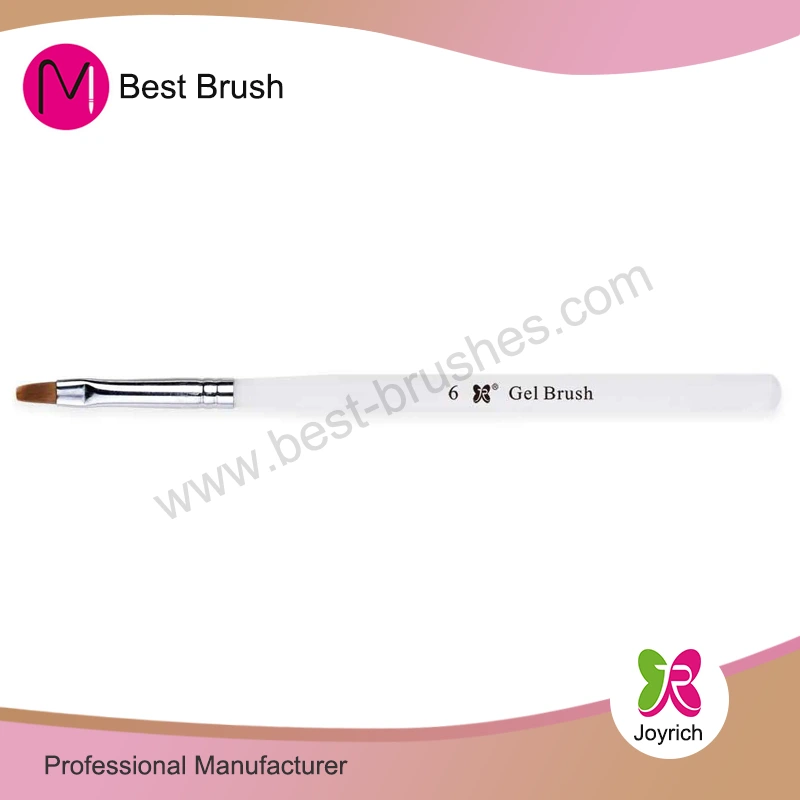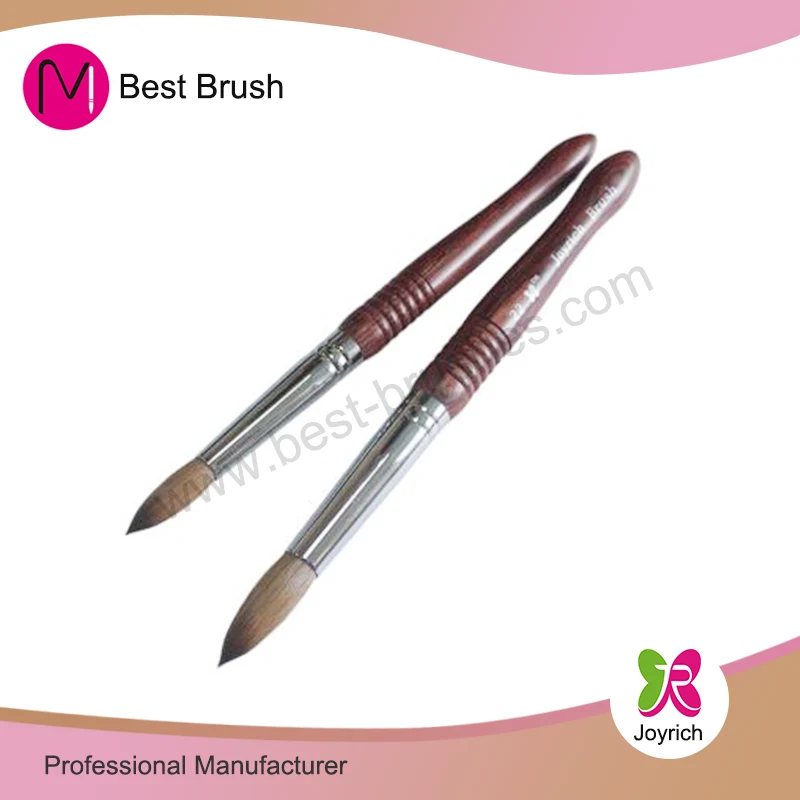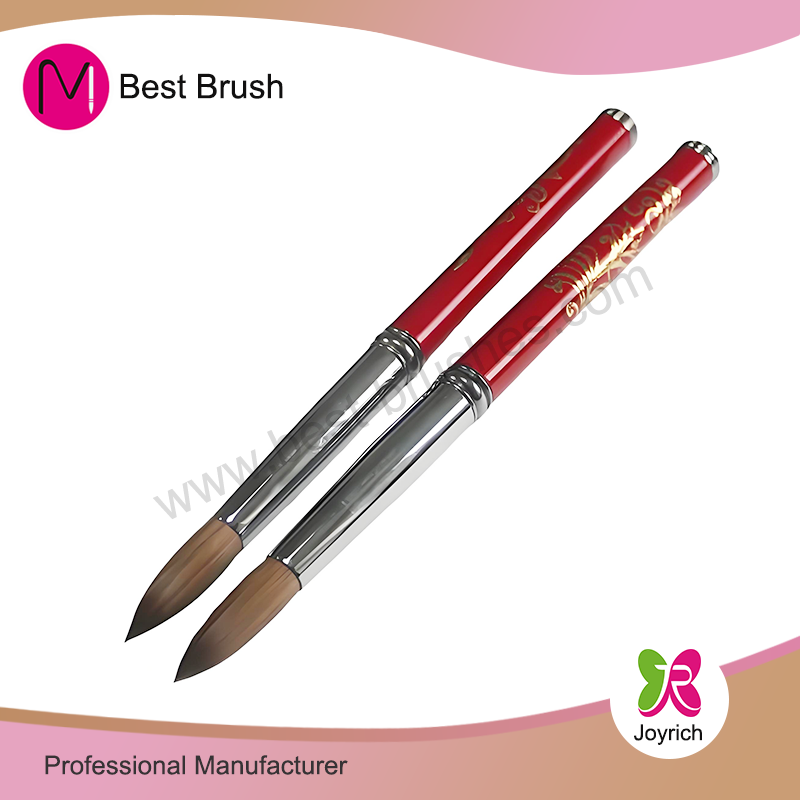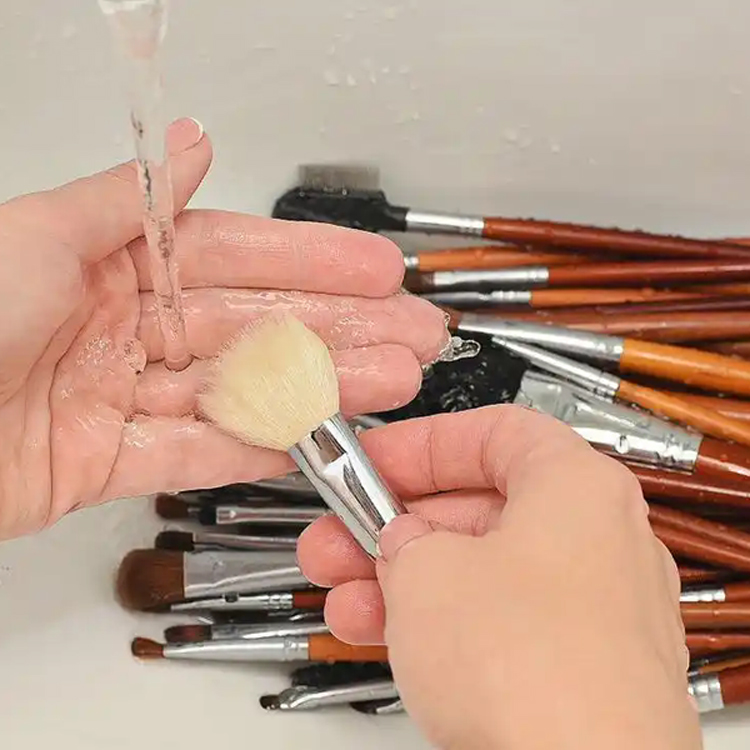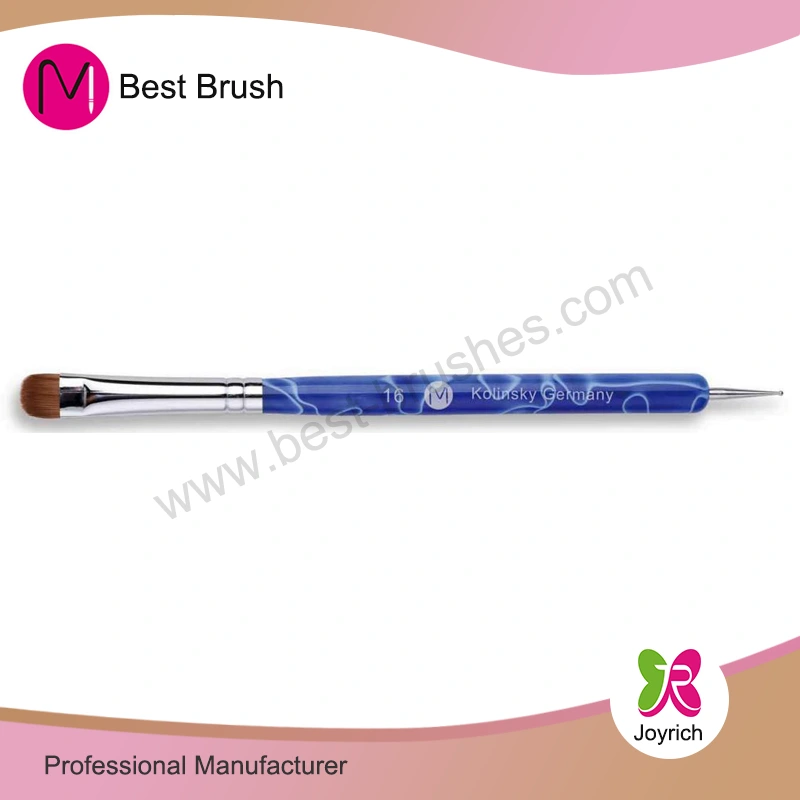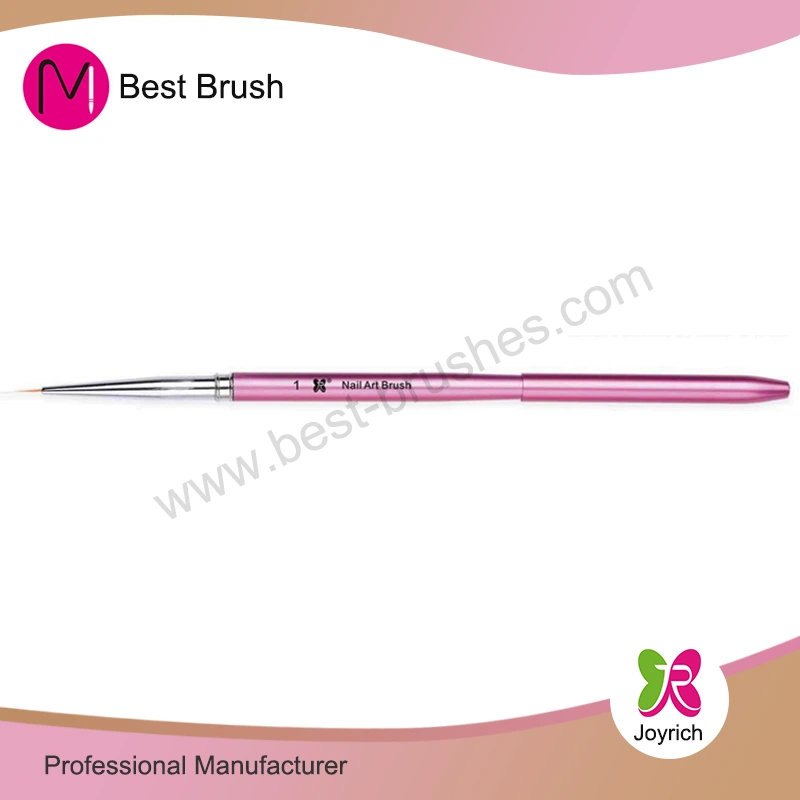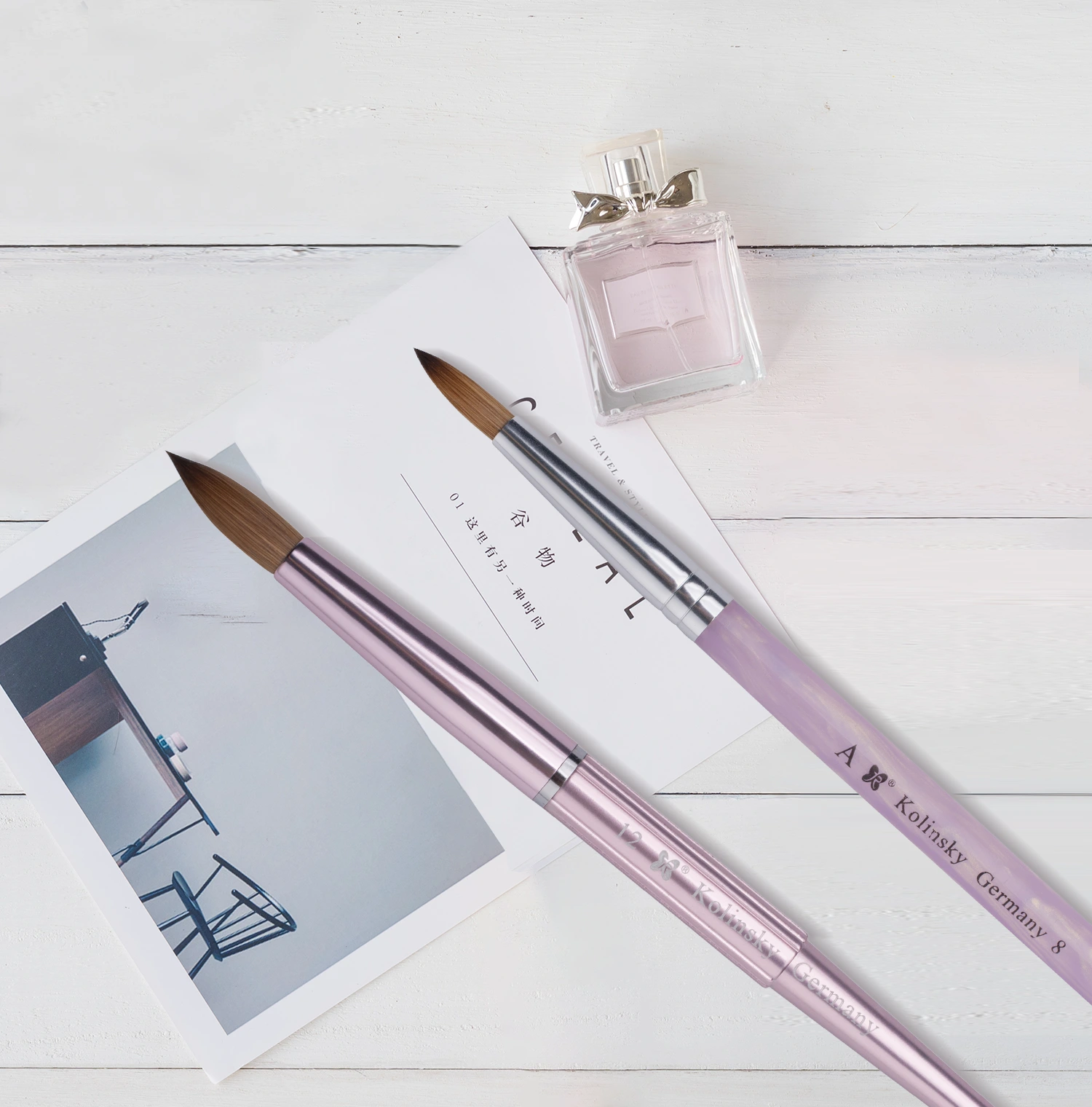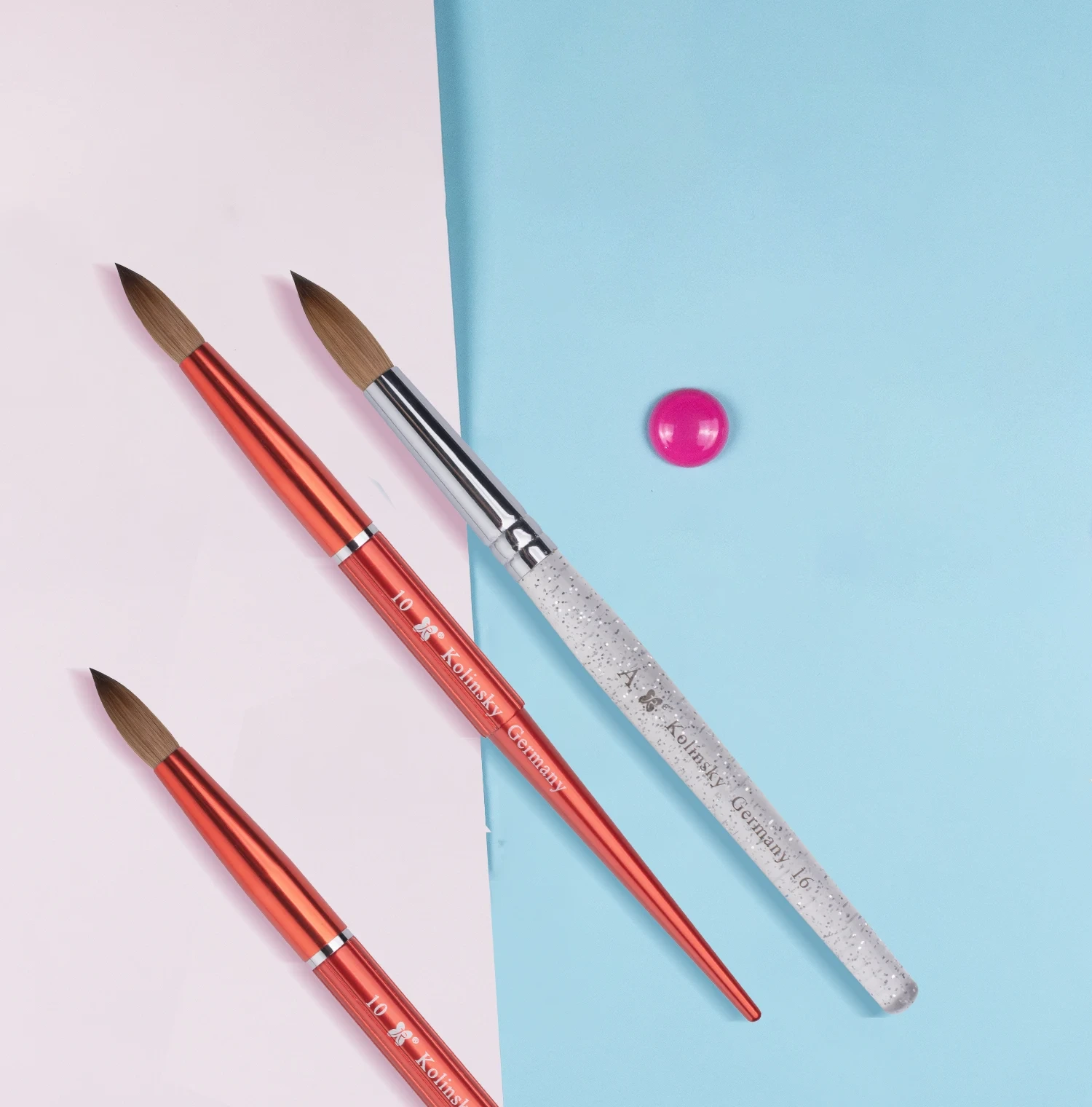How to Choose the Perfect French Nail Brush for Professional Nail Art?
French Nail Brushes are essential tools for achieving the perfect manicure, whether for professional nail artists or personal nail care enthusiasts. Understanding how to select and use the right French Nail Brush can drastically improve the precision, durability, and elegance of your nail designs. In this guide, we explore the key features, materials, and techniques that make a French Nail Brush indispensable for nail art.
Understanding the Anatomy and Function of French Nail Brushes
A French Nail Brush is specifically designed to create clean, smooth lines, perfect tips, and flawless gradient effects on nails. Its construction is critical to performance.
Key Components:
-
Bristles: The brush bristles can be made from natural hair, synthetic fibers, or a combination. Natural bristles offer better paint retention, while synthetic bristles provide durability and ease of cleaning.
-
Brush Shape: The tip can be flat, pointed, or tapered, each serving different purposes. A fine pointed tip is ideal for intricate designs, whereas a flat brush is better for broad strokes and gradient work.
-
Handle: Typically wooden or acrylic, the handle length and weight influence control and comfort. Lightweight handles reduce fatigue during long nail sessions.
Benefits of a High-Quality French Nail Brush:
-
Precision in creating delicate French tips and intricate designs
-
Smooth application without streaks or clumps
-
Long-lasting performance with proper care
-
Versatility for various nail polish types, gels, and acrylic paints
Product Parameters and Selection Guide
Choosing the right French Nail Brush requires attention to quality, size, and intended use. Below is a professional table detailing essential specifications for optimal selection:
| Parameter | Description |
|---|---|
| Bristle Material | Synthetic nylon, kolinsky sable, or mixed fibers for precise polish control |
| Brush Length | 12cm to 18cm for professional or personal use |
| Tip Shape | Flat, pointed, or angled for various techniques |
| Handle Material | Wood or acrylic for lightweight control |
| Durability | Resistant to polish solvents and repeated cleaning |
| Usage Type | Suitable for gel, acrylic, and traditional polish applications |
| Maintenance | Easy to clean, retains shape after multiple uses |
How to Choose the Right Brush:
-
Determine the type of nails you work on (natural, gel, or acrylic).
-
Select bristle type based on polish consistency and desired effect.
-
Pick a handle length that suits your comfort and precision requirements.
-
Consider the brush shape: pointed tips for fine details, flat for French tips.
Techniques and Tips for Using French Nail Brushes
Using a French Nail Brush effectively requires mastering control and understanding polish behavior.
Step-by-Step Guide:
-
Preparation: Ensure nails are clean and shaped before painting. Apply base coat for protection.
-
Brush Loading: Dip the brush into a small amount of polish or gel. Avoid overloading to prevent drips and uneven lines.
-
Precision Strokes: Use short, controlled strokes. For French tips, anchor the brush at the nail edge and gently glide along the tip.
-
Cleaning Between Colors: Wipe the brush with a non-acetone solution to maintain bristle integrity.
-
Finishing Touches: Apply top coat for a glossy, long-lasting finish.
Advanced Techniques:
-
Gradient Effects: Use a flat brush to blend multiple colors seamlessly.
-
Intricate Designs: Pointed brushes allow for fine lines, floral patterns, and nail art decals.
-
Gel Application: Synthetic brushes work best for thick gel textures, maintaining control without bending.
French Nail Brush FAQs and Professional Recommendations
Professional nail technicians and enthusiasts often have common questions regarding brush care and usage. Here are two detailed FAQs:
Q1: How do I clean and maintain my French Nail Brush?
A1: Cleaning is essential for prolonging brush life. Immediately after use, wipe off excess polish with a lint-free cloth or tissue. Rinse bristles in a brush cleaner or non-acetone solution to remove residual polish. Reshape the tip and store the brush horizontally to avoid deformation. Avoid soaking brushes for long periods to maintain bristle flexibility.
Q2: Can I use the same brush for gel, acrylic, and regular nail polish?
A2: Yes, but it is recommended to dedicate brushes for specific materials to prevent contamination and maintain optimal performance. Synthetic brushes handle gels better due to their resistance to thick textures, while natural bristles provide better polish flow for traditional nail paints. Proper cleaning and maintenance are crucial to switching materials safely.
Why Yintu French Nail Brushes Stand Out
Choosing a French Nail Brush from Yintu ensures professional-grade quality, durability, and precision. Each brush is meticulously crafted using high-quality synthetic or natural bristles, perfectly shaped for intricate nail art. Whether you are creating elegant French tips, detailed floral designs, or smooth gradient effects, Yintu brushes deliver consistent results.
If you want more details, please contact us and we will answer for you within 24 hours.
- When does a Makeup Brush turn everyday routines into camera ready skin?
- Which nail brush really fixes the problems I face from salon floors to home kits?
- From material selection to finished product: What are the steps in making a nail brush?
- How to Choose the Perfect 3D Nail Brush for Professional Nail Art
- Why Choose an Acrylic Nail Brush for Perfect Nail Art?
- Are Oval Eyeshadow Makeup Brushes Easy to Clean and Maintain?

